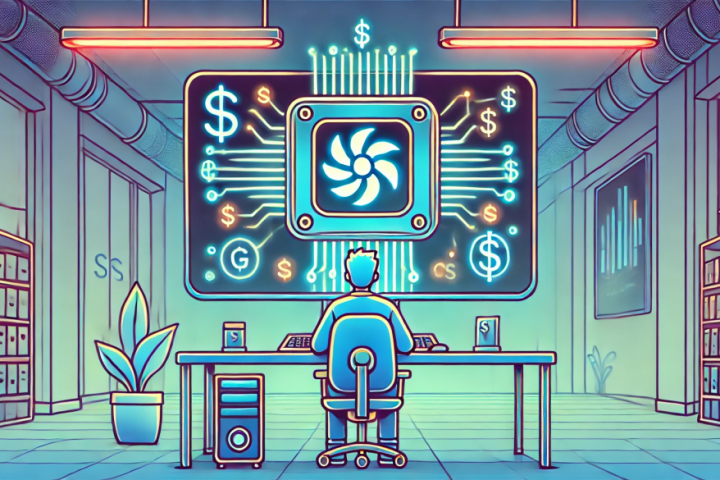Stay ahead of the curve with our daily and weekly newsletters, bringing you the latest updates and exclusive insights on the AI industry. Discover More
Today, H2O.ai, a leading provider of open-source AI platforms, unveiled two innovative vision-language models aimed at enhancing document analysis and optical character recognition (OCR) tasks.
The models, dubbed H2OVL Mississippi-2B and H2OVL-Mississippi-0.8B, exhibit competitive performance against larger models from major tech companies, potentially offering a more streamlined solution for businesses grappling with document-intensive workflows.
David vs. Goliath: How H2O.ai’s Compact Models are Outperforming Tech Titans
The H2OVL Mississippi-0.8B model, with a mere 800 million parameters, outshone all other models, including those with billions more parameters, on the OCRBench Text Recognition task. Simultaneously, the 2-billion parameter H2OVL Mississippi-2B model showcased robust general performance across various vision-language benchmarks.
“We’ve engineered H2OVL Mississippi models to be a high-performance yet cost-effective solution, infusing AI-powered OCR, visual understanding, and Document AI into businesses,” said Sri Ambati, CEO and Founder of H2O.ai, in an exclusive interview with VentureBeat. “By merging advanced multimodal AI with efficiency, H2OVL Mississippi delivers precise, scalable Document AI solutions across diverse industries.”
The launch of these models signifies a crucial stride in H2O.ai’s mission to democratize AI technology. By offering the models for free on Hugging Face, a renowned platform for sharing machine learning models, H2O.ai is empowering developers and businesses to customize and adapt the models for specific document AI requirements.

Efficiency Meets Effectiveness: A Revolutionary Approach to Document Processing
Ambati underscored the economic benefits of smaller, specialized models. “Our approach to generative pre-trained transformers stems from our profound investment in Document AI, where we collaborate with customers to extract meaning from enterprise documents,” he stated. “These models can operate anywhere, on a small footprint, efficiently and sustainably, enabling fine-tuning on domain-specific images and documents at a fraction of the cost.”
This announcement comes at a time when businesses are seeking more efficient methods to process and extract information from large volumes of documents. Traditional OCR and document analysis techniques often falter with poor-quality scans, challenging handwriting, or heavily modified documents. H2O.ai’s new models aim to tackle these issues while offering a more resource-efficient alternative to larger language models that may be excessive for specific document-related tasks.
Industry analysts observe that H2O.ai’s approach could disrupt the current landscape dominated by tech giants. By concentrating on smaller, more specialized models, H2O.ai could potentially capture a significant share of the enterprise market that values efficiency and cost-effectiveness.

Open Source and Enterprise-Ready: H2O.ai’s Strategy for Accelerating AI Adoption
“At H2O.ai, making AI accessible isn’t just a concept. It’s a movement,” Ambati told VentureBeat. “By releasing a series of compact foundational models that can be easily fine-tuned to specific tasks, we are broadening the horizons for creating and using AI.”
H2O.ai has secured $256 million from investors including Commonwealth Bank, Nvidia, Goldman Sachs, and Wells Fargo. The company’s open-source approach and focus on practical, enterprise-ready AI solutions have helped it build a community of over 20,000 organizations and more than half of the Fortune 500 companies as customers.
As businesses continue to wrestle with digital transformation and the need to extract value from unstructured data, H2O.ai’s new vision-language models could offer an enticing option for those seeking to implement document AI solutions without the computational overhead of larger models. The real litmus test will be in real-world applications, but H2O.ai’s demonstration of competitive performance with much smaller models suggests a promising trajectory for the future of enterprise AI.







